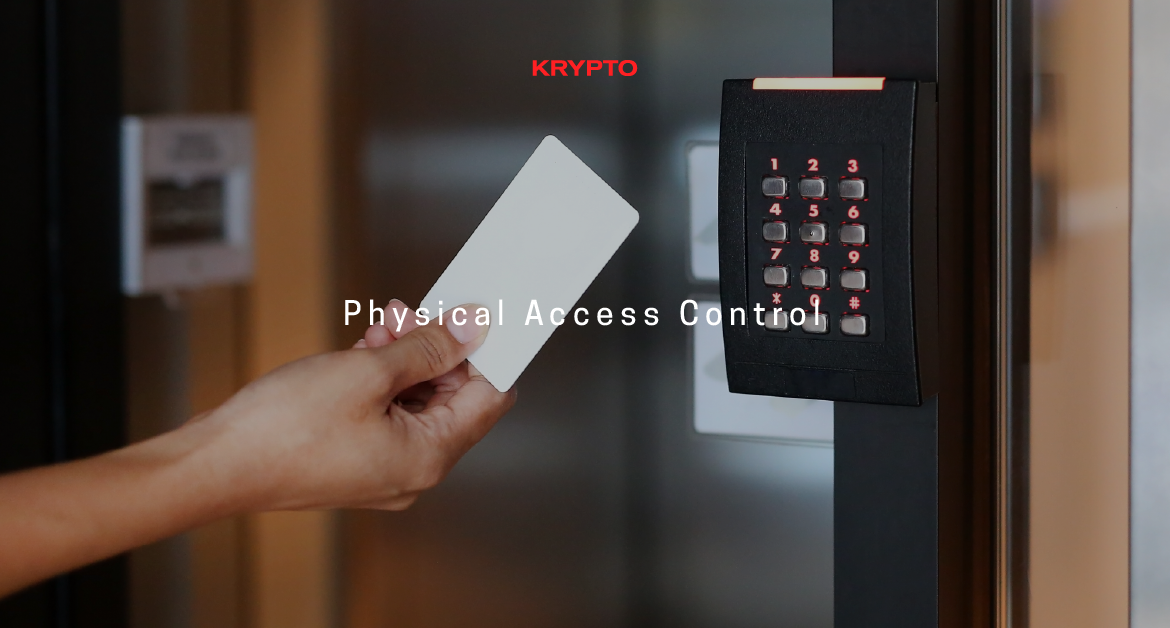Physical Access Control Best Practices for 2022

Ensuring that your business premises are secure for your employees, clients and visitors, can be a daunting task. Access control should be discreet and streamline an effective access control management preventing any obstacles.
The secret for achieving this delicate balance of maximized security without interfering with the work activity is to know how to assess your own business needs and then evaluate the system that best meets those needs.
In 2022 there is a wide array of options when it comes to physical access control that will allow you to enhance your business’ physical security in modern, streamlined ways.
Main features of a physical access control system
Sophisticated, state of the art, physical access control systems have several different components:
● Access Control Points: the points of entry where users will need to display credentials to enter.
● Credentials Authentication: access control systems will authorize entry to users who authenticate themselves by displaying some kind of credentials. Credentials may vary from system to system while the authorization of those credentials are granted by the access control readers.
● Access Control Panel: it is the central computer system device that reads the credentials and grants access. Depending on the system, other actions might also be available, such as an alert if someone attempts to gain access where not authorized. This control panel might be completely integrated into the server as well
● Access control server: the management system where data are stored for each day, authenticated users, their access credentials, and more.
Types of access control credentials
Depending on the level of security and your business needs, the physical access control system can have different requirements for authentication of users that have access privileges to various areas of your business premises.
The main options for access control credentials are the following:
● Knowledge-based Authentication (KBA): This is the standard access control
credential, where the user needs to enter a password or PIN to be granted
entry. These systems are very affordable and easy to use. However, a password or a PIN are easy to share and that is why this type of an access control system is used alongside with other security measures.
● Physical tokens: This access control credential requires the user to display a token, such as an access card or RFID or smart token to be granted access. Even though physical tokens are easy to use, this access method may cause headaches if the token is stolen or lost. In addition the physical tokens may be associated with plastic pollution
● Mobile credentials: Deploying credentials through an app on a smartphone can be convenient to use. The smart phone credential system are cloud managed and more secure than the traditional access tokens. They can offer remote locking and unlocking, and trigger an alert. However there is always the possibility of smartphone theft.
● Biometrics: This access control credential requires the user’s physical biological input to grant access. It is the highest level of security in terms of credentials since they cannot be counterfeited or replicated. There are various biometric requirements available. The most common are, from least to most secure:
o Fingerprints
o Facial recognition
o Voice recognition
o Iris eye scans
o Retinal scans
Before selecting any of the above options, you must make sure that environmental factors such as good lighting or noise do not interfere with the proper scanning and recognition of the biometric input.
Physical access control are secure and efficient for all levels of security required. All you need to do is simply assess the level of security needed for your business and how flexible it should be.
The various options include:
● Audio intercom: Visitors press a buzzer to speak to the intercom controller and gain access if permitted.
● Telephone intercom: Visitors need to call a phone number to gain access control.
● Video intercom: Visitors are viewed while speaking by the intercom user, thus making identification and surveillance of the circumstances more efficient and secure.
● Wired intercom: For a limited number of users, visitors can be connected via dedicated cables to gain access control.
● Wireless intercom: A Wi-Fi system is used instead of wires to connect intercom users to visitors — efficient for large numbers of users.
● Networked intercom: The intercom connects users to visitors through the office network or general area network.




















